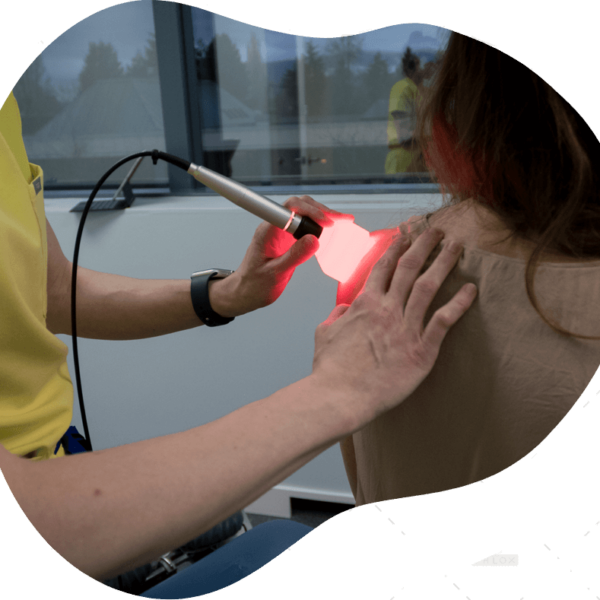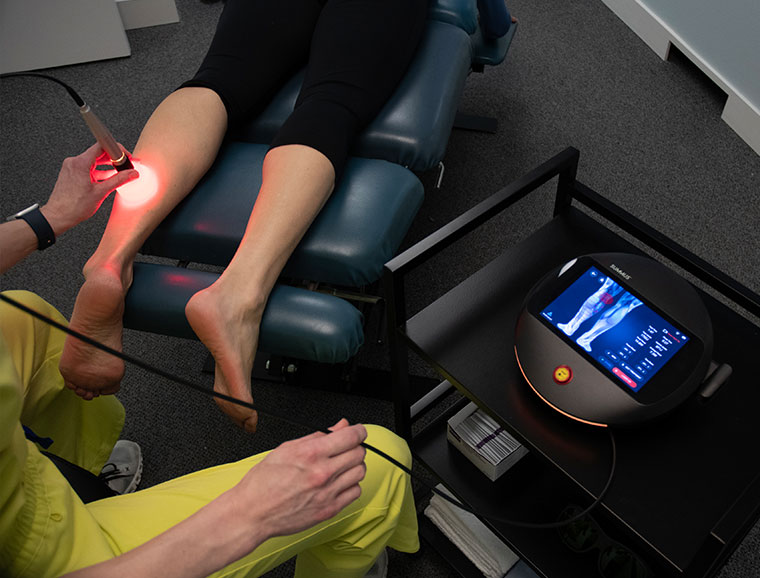“
Christine S.
I started working with Dr. Kelsey in the second half of 2023 due to hip pain and it's been resolved thanks to a great care plan that was developed. Currently I am celebrating to be pain free! I will also continue recommending Dr. Kelsey given how she could help a friend as well, one who is by far more experienced with chiropractic care (and various practitioners and methods) than I am.
We both feel the difference she makes is rooted in her intuition that she allows to guide her in each session. We both feel being received (which is beyond being heard and seen and treated).



